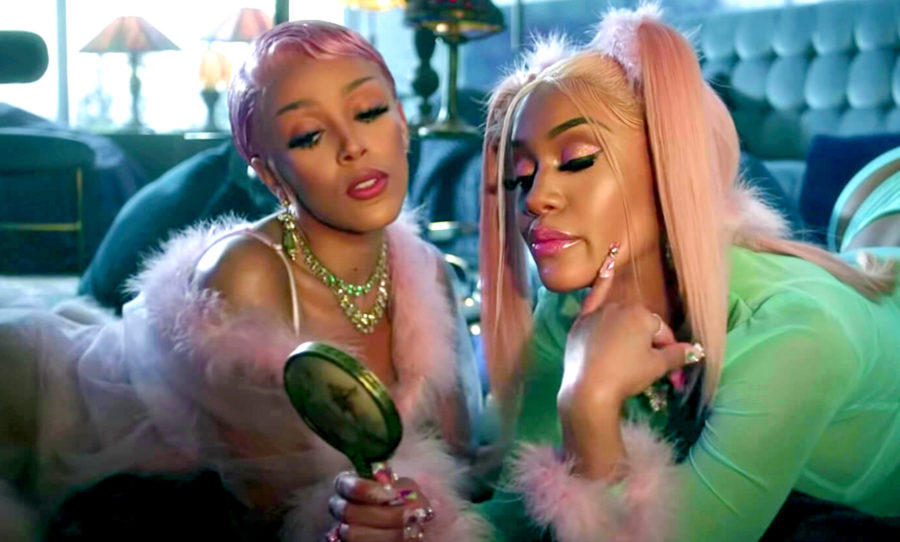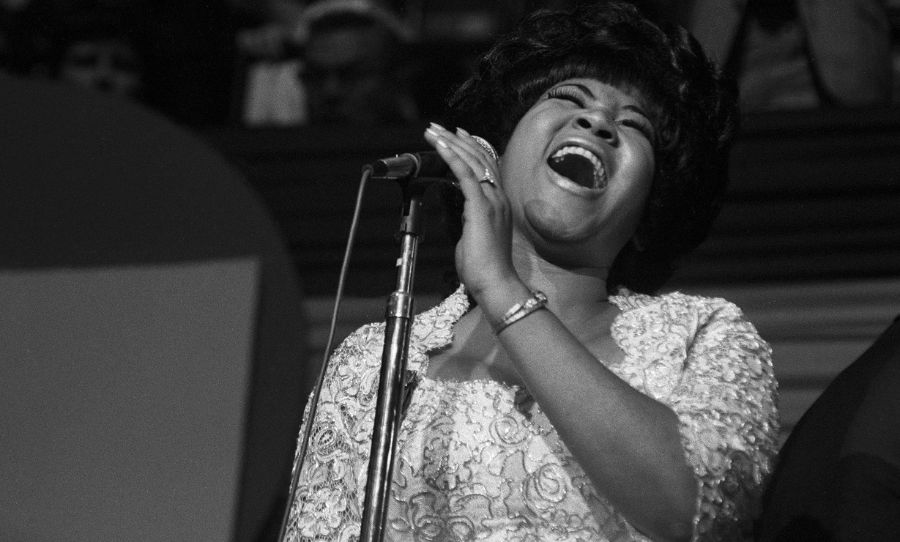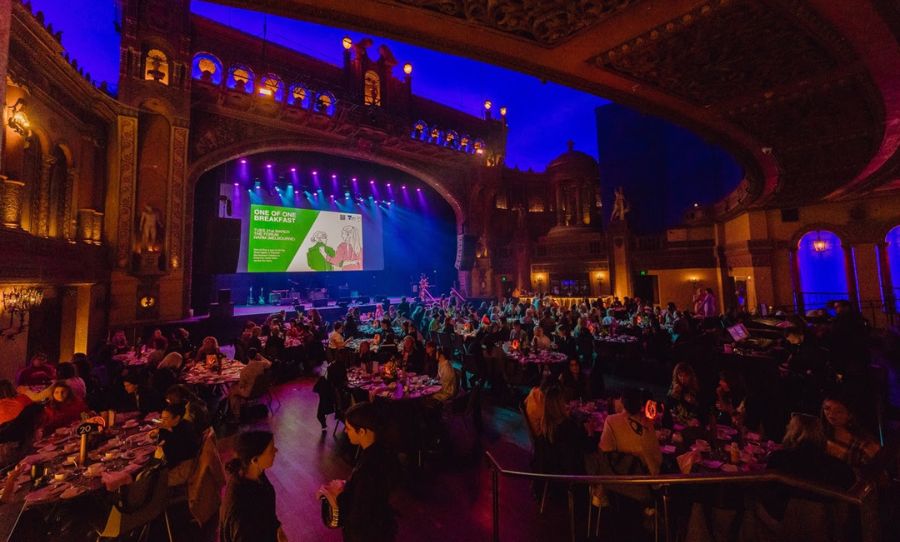Shocker, but a landmark US survey on female representation in pop has found that women continue to be marginalised by the music industry.
The Annenberg Inclusion Initiative’s annual study of the Billboard Hot 100 year-end charts found that men outnumbered women by a ratio of 3.9 – 1 in 2020.
Released by Dr Stacy L. Smith, the report found that women, including Doja Cat, Megan Thee Stallion, and Dua Lipa made up 20.2 per cent of the 173 artists that appeared on the chart in 2020, dropping from 22.5 per cent in 2019 – which dropped from 28.1 per cent in 2016.

In layman’s terms, these numbers are pretty fucking abysmal on female representation in music.
“It is International Women’s Day everywhere, except for women in music, where women’s voices remain muted,” said Dr Stacy L Smith, who led the survey. “While women of colour comprised almost half of all women artists in the nine years examined, there is more work needed to reach inclusion in this business.”
Songwriters
In 2020, 65 per cent of songs did not feature any female songwriters whatsoever, meaning that last year boasted the highest level of exclusion since the survey began in 2012. Out of 449 songwriters responsible for creating the most popular songs (in the US) in 2020, only 12.9 per cent were women – a drop from 14.4 per cent in 2019.
On the bright side, the woman with the most songwriting credits in the Annenberg Inclusion Initiative’s latest study was Nicki Minaj, with 19 credits. Other women with the most writing credits included Rihanna with 14, Taylor Swift with 14, Cardi B with 13, and Ariana Grande with 12. We simply must stan.

Production
Women also remained incredibly underrepresented in production last year, making up just 2 per cent of the 198 production credits on hit songs – compared with 5 per cent in 2019, which marked an all-time high for the survey.
However, this level of representation dropped even further for women of colour. Of the 1,291 producer credits for the most popular songs in a 600-song subset since 2012, only nine of them were for women of colour.
OMG … that’s terrible! https://t.co/MLTNmSKvNH
— Concerned Citizen (@Atty44) March 8, 2021
While the charts were more diverse when considering the ethnic backgrounds of top performing artists, a ratio that has been climbing for both men and women since the beginning of the study, this upward trend is still more pronounced among men.
Takeaway
The data collected by Dr Smith and her colleagues, Katherine Pieper, Marc Choueiti, Karla Hernandez, and Kevin Yao still shocked the music industry when their first study came out in 2018, in the midst of the #MeToo movement. But now, things have seemingly gotten worse.
Our new study on Inclusion in the Recording Studio is out today—and on #IWD2021 the results show that for women in music there is little to celebrate. As artists, songwriters, and producers women are outnumbered on the Billboard Hot 100 Year-End Charts & have been for 9 years. 1/ pic.twitter.com/SSXzqZANn9
— Annenberg Inclusion Initiative (@Inclusionists) March 8, 2021
While several initiatives have been undertaken to address the industry’s underlying problems, including the organisation behind the Grammy’s, the Recording Academy, signing 650 artists and record companies to consider at least two female candidates for production and engineering jobs, Dr Smith says these aren’t enough.
“The industry has to move from expressing concern over the numbers,” she said, “to taking real and concrete steps to address bias and ensure access for the talented women who are already in this industry to the positions and spaces that remain closed to them. When this happens, the numbers will reflect this change.”



